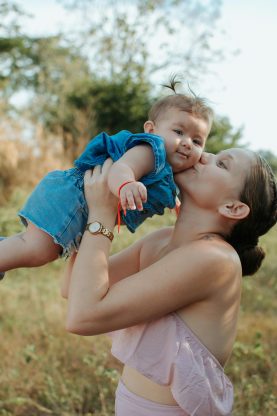Table of Contents
Establishing Communication with Parents
Before accepting a babysitting job, it is important to have a clear line of communication established with the children’s parents. Make sure to obtain important information such as the children’s medical history, any allergies or medical conditions they may have, emergency contact numbers, and the location of the nearest hospital or urgent care facility. It is also a good idea to discuss the parents’ expectations regarding mealtime, bedtime routines, and any other special instructions they may have for you.
On-Demand Childcare in Your Neighborhood
Book a Sitter
Basic First Aid and CPR Training
One of the most important safety procedures every babysitter should have is basic first aid and CPR training. Accidents can happen at any time, so it is crucial to be prepared to handle common injuries such as cuts, bruises, burns, and allergic reactions. Knowing how to perform CPR in case of a medical emergency can be life-saving, so consider taking a first aid and CPR certification course to ensure you are prepared for any situation that may arise while babysitting.
Supervising Children at All Times
It is essential to supervise children at all times while babysitting, as even a momentary lapse in attention can result in an accident. Make sure to stay within eyesight and earshot of the children, especially if they are young or prone to getting into trouble. Avoid distractions such as texting, talking on the phone, or watching TV while babysitting, and always be aware of what the children are doing to prevent any accidents from occurring.

Safe Handling of Household Items
Children are naturally curious and may try to explore their surroundings while under your care. It is important to ensure that all household items that could pose a safety hazard are stored out of reach of children. This includes sharp objects, cleaning supplies, medications, and small items that could present a choking hazard.
It is also important to be aware of any potential dangers in the home, such as loose rugs, cords, or unstable furniture, and take steps to mitigate these risks to keep the children safe.
Emergency Preparedness and Contact Information
Lastly, every babysitter should be prepared for emergencies and have access to important contact information in case of an emergency. Make sure to know the address of the home you are babysitting in, as well as the nearest cross street in case you need to call 911. Keep a list of emergency contact numbers handy, including the parents’ phone numbers, the children’s doctor, poison control, and other trusted adults who can help in case of an emergency. It is also a good idea to have a first aid kit stocked with essential supplies on hand in case of minor injuries.
In conclusion, babysitting can be a rewarding and enjoyable experience, but it is important to prioritize the safety of the children in your care above all else. By following these essential safety procedures, you can ensure a safe and secure environment for the children you are responsible for and have peace of mind knowing that you are prepared to handle any situation that may arise while babysitting.










